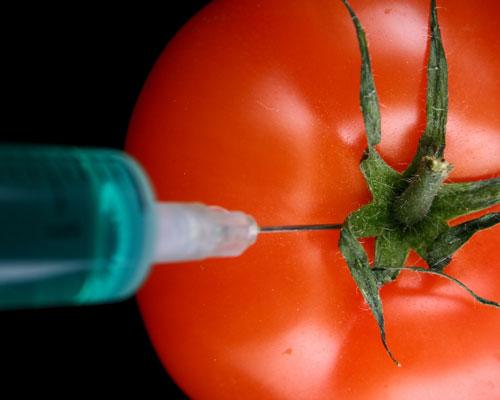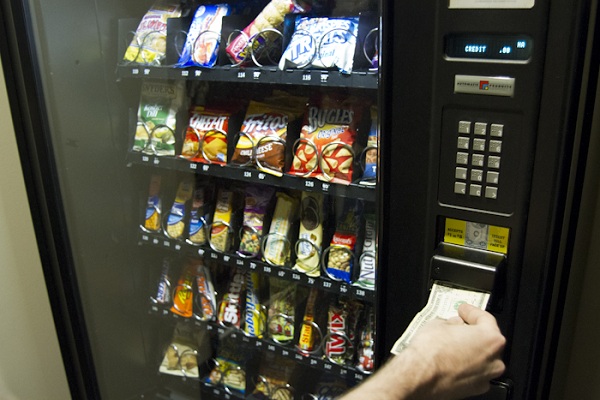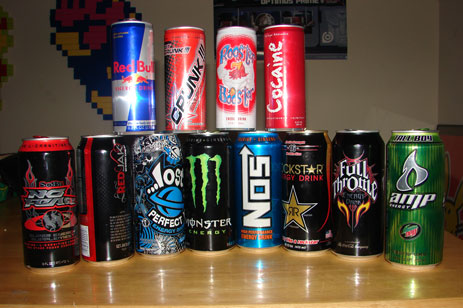The Healthy Flap: December 29, 2012
Posted onThese are my links for December 29th:
- 52 ways to leave your blubber – This is the year you will resolve to ditch the diets, the “all or nothing” mentality and the “no-pain, no-gain” fitness goals. This is the year you will resolve to use common sense to eat less junk food, move more — and have fun doing it.Remember what it was like when you were a kid and you thought nothing of playing tag for hours on end? That spirit still lives. You just need to wake it up. Maybe with a high-energy hula hoop workout or Shaun T’s “Hip Hop Abs,” done in the privacy of your own home. Or by walking your dog while listening to a Dan Brown thriller. Instead of embarking on yet another diet, why not try to lose roughly 1 pound a week by creating a modest 500-calorie deficit each day. That’s easily accomplished by slashing about 250 calories from your diet (the equivalent of five Oreos) and burning about 250 calories through exercise, such as a brisk two-to-three-mile walk. You can do that easy.
- Hope for hearing: Cochlear implants – Cochlear implants are electronic hearing devices for people with profound deafness or severe hearing loss who get no benefit from a hearing aid. There is an external part that is worn behind the ear with a microphone that picks up sounds from the environment, a speech processor and a transmitter that gets signals from the processor and turns them into electric impulses. It is attached to a receiver and electrode system which is surgically implanted into the inner ear. It’s typically done as an outpatient procedure.An implant does not restore normal hearing and is very different from a hearing aid. Hearing aids amplify sound so that damaged ears can hear them. Implants bypass the damage and directly stimulate the auditory nerve which then sends the signals to the brain.
- Medicare Cuts Loom Large as ‘Cliff’ Nears – It’s looking less and less likely that Congress and the White House will strike a deal to keep the country from falling over the “fiscal cliff” next week, so physicians are preparing for a 28.5 percent cut in Medicare payments that will take effect on Jan. 1.That figure includes a 26.5 percent cut under Medicare’s sustainable growth rate (SGR) reimbursement formula and a 2 percent cut mandated by the Budget Control Act, the piece of legislation that outlined the tax increases and spending cuts that define the fiscal cliff.





